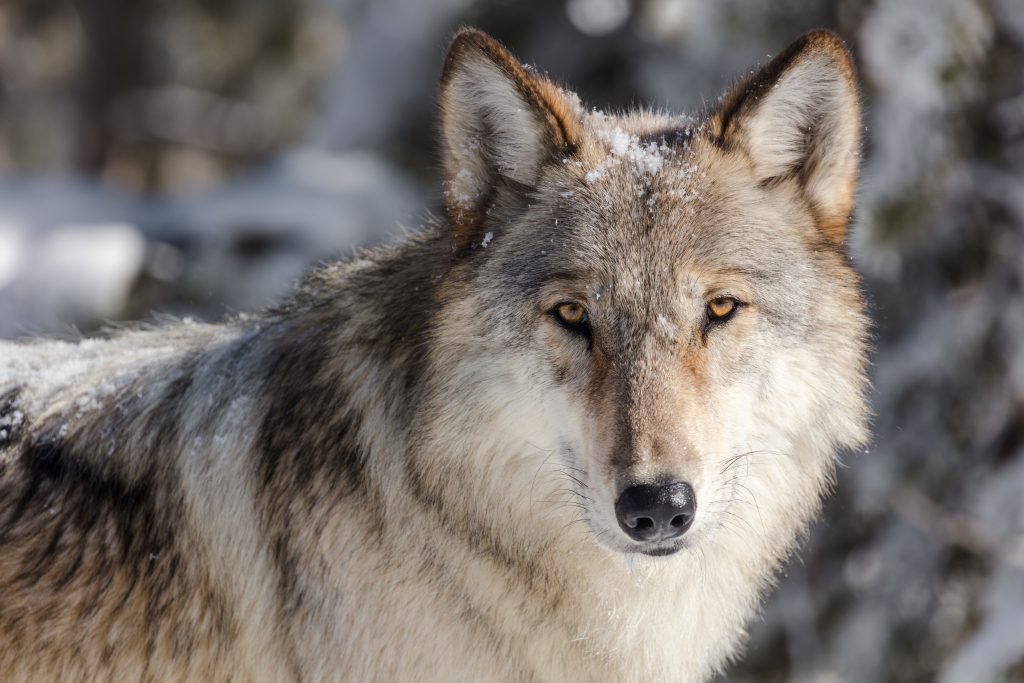Fall ’25 Bare-Roots – Order Now – Farm Pickup or Shipping Starts 11/24
Fall ’25 Bare-Roots – Order Now – Farm Pickup or Shipping Starts 11/24
|
Oak trees produce acorns. Acorns have nourished insects, animals, and people for at least 25 million years. About 600 different oak species span the globe, from northern temperate forests to high elevation tropical cloud forests. Quercus is the largest genera of tree in the Northern Hemisphere, with the largest geographical range of any tree genus on Earth.

Oak trees have enormous root systems that stabilize the soil, increase rainwater infiltration, prevent soil erosion, and filter excess nitrogen, phosphorus, and pollutants. Oaks have deep taproots and lateral roots that can stretch three to seven times the width of the tree’s canopy. Fungal networks connect the roots of different trees, allowing the exchange of sugars and the production of glomalin – a highly stable carbon-based compound that can remain in the soil for thousands of years.
Tree roots also sequester large amounts of carbon both below and above ground. The denser the wood, the more carbon stored. Along with hickories and walnuts, oaks produce one of the densest wood structures in North America. A 50-year-old, one-acre stand of oak sequesters about 30,000 pounds of carbon dioxide per year – offsetting the annual emissions of nearly three cars.
Most oaks can live an average of 400 years. The oldest known living oak is named Wi’áaşal, or “Great Oak,” and grows in the Temecula Valley of California. It is estimated to be over two thousand years old and measures 20 feet around. This coastal live oak (Quercus agrifolia) has been imparting wisdom on the Pechanga Band of Luiseño Indians for many centuries, symbolizing the longevity and endurance of their culture. Every two to three years, the Great Oak produces an enormous mast of nuts, which young members of the Pechanga Band grow and transplant throughout their land, ensuring its progeny will thrive for generations to come.

Not many of us are gathering acorns with the squirrels on a crisp fall morning, attracting the scorn of blue jays, our baskets loaded with acorns. Acorns have been a staple food for people for thousands of years. American Indians actively managed the forests of North America with controlled burns, changing the species diversity and abundance of productive trees. Oaks are well adapted to fire, protected by thick bark, deep root systems, and their ability to resprout from the root. Forest restoration and the integration of trees into our agricultural systems, known as agroforestry, enhances ecological health, climate resilience, and the long-term productivity of the land.

Like a keystone that maintains the integrity of an arch, “keystone species” are critical to the functioning and balance of the ecosystems in which they live. The Yellowstone grey wolf is a classic example of a keystone species. When wolves were hunted to extinction within this part of their historic range, larger elk populations began to over-browse the willow, alder, and cottonwood growing along the rivers and streams. Beaver populations plummeted, which meant the rivers ran straighter and shallower, leaving fewer cold pool refuges for fish, which meant less food for their predators. Once wolves were reintroduced in the 1990’s, these imbalances began to correct themselves and their influence rebalanced the Yellowstone ecosystem. Check out this beautiful and inspiring video about wolves in Yellowstone, and share it with everyone you know!
Like wolves, oaks play a similarly critical role in the ecosystems in which they live. Over 900 species of moths and butterflies feed on oaks, which pollinate our food crops and serve as food themselves. Nearly all songbirds in North America rear their young on insects, mostly caterpillars. On top of that, acorns support over 100 species of vertebrates, including white-tailed deer, wild turkey, gray squirrels, woodpeckers, wood ducks, crows, jays, mice, voles, rabbits, raccoons, and red foxes. Thanks to the oaks, acorns are abundant, nutrient-dense, and store well. Planting an oak is one of the best ways to invite a broad diversity of wildlife into your landscape.

Acorns are high in potassium, iron, vitamins A and E, and other important trace minerals. They also produce tannins, which create a bitter taste to reduce predation of nuts and promote regeneration. White oaks generally produce lower tannin levels than red oaks, and therefore require less processing to unveil the delicious edible nut. There are various ways to remove tannins, but the cold leaching method preserves more of the acorn’s nutritional value. It also resembles how American Indians leach tannins by placing baskets of acorns in a flowing stream for a few days. We highly recommend baking with acorn flour. Try this amazing recipe for an acorn maple bundt cake with candied acorns and acorn pudding!